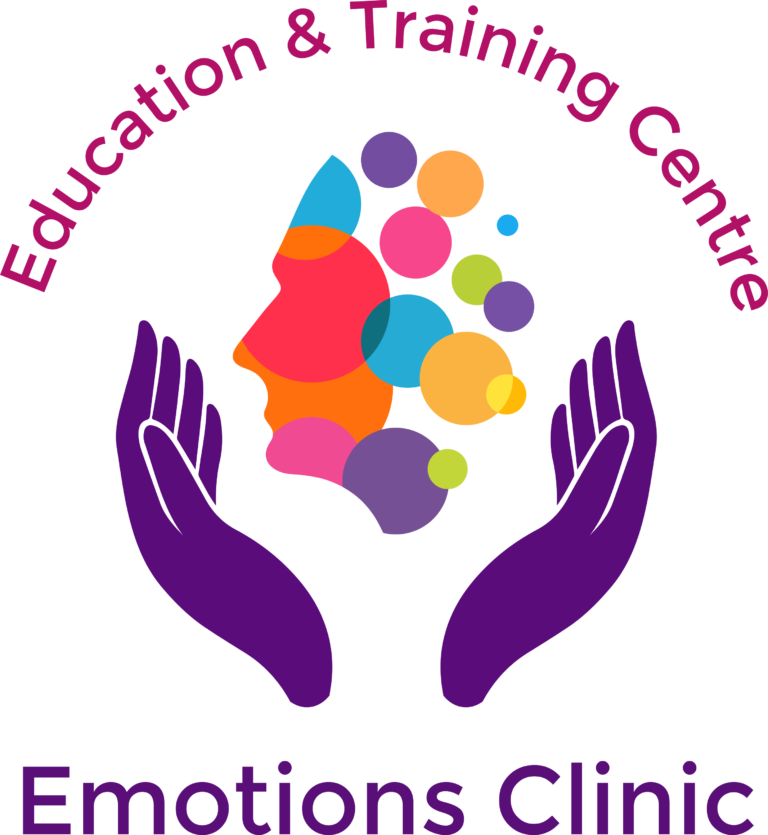The ICD – 10 Classification of Mental and Behavioural Disorders, Clinical Descriptions and Diagnostic Guidelines, WHO, Geneva, 1992.
Phobias
Phobias
In phobic disorders anxiety and fear are invoked only by certain specific situations or objects which are normally not dangerous. The person tries to avoid the situation or endures it with dread. The anxiety is no different from any other anxiety and the individual can have palpitations, feeling of faint, fear of dying, losing control or going mad. They differ from generalised anxiety disorders (GAD) in that the fear is about a specific situation, whereas in GAD the fear is non-specific and pervasive and the person doesn’t know why they are getting anxious.
Phobias have been divided into the following three different subtypes:
Agoraphobia: the original meaning of the storm was referred to the fear of open spaces, but the International classification of diseases (ICD-10) included a number of other features as well under the definition of agoraphobia, such as fear of close the spaces, entering shops, crowds, public places, travelling alone and trains buses and planes, fear of leaving home. Severe the person becomes housebound and is terrified by the thought of collapsing and being left helpless in public. The lack of an immediately available exit is one of the key features of agoraphobia. The diagnostic criteria for agoraphobia require all of the following to be present.
- Marked psychological and physiological anxiety that is not secondary to other symptoms such as delusions or obsessions.
- The anxiety must be restricted to at least two of the following situations: crowds, public places, travelling away from home, and travelling alone.
- Avoidance of public situations must be a prominent feature.
- Specific or isolated (simple) Phobia: these phobias are restricted to highly specific situations such as proximity to particular animals, heights, thunder, darkness, flying, urinating of defecating in public toilets, eating certain foods, dentistry, the sight of blood or injury, and the fear of exposure to specific situation.
Social Phobia: these are centred around a fear of scrutiny by other people in small groups, as opposed to crowds, leading to avoidance of social situations. They may be in specific situations such as eating in public, public speaking, or encounters with the opposite sex, or diffuse involving almost all social situations outside family circle. Direct eye to eye contact ca be stressful and the individual may have a fear of vomiting in public. They are associated with low self-esteem and a fear of criticism. This phobia my present as a complaint of blushing, hand tremor, nausea, or urgency of micturition. They may have panic attacks as well.
References
Ready to prioritize your mental health?

Nature Consultancy Limited is regulated by CQC to provide care at Emotions Clinic
Phone : +44(0)1782 768656
Email : ad***@****************co.uk
Quick Links
Information
Head Office Address
1 Lawson Terrace, Knutton Newcastle under Lyme Stoke-on-Trent, ST5 6DS, England
Days Open
Monday - Friday 08 AM - 10 PM

